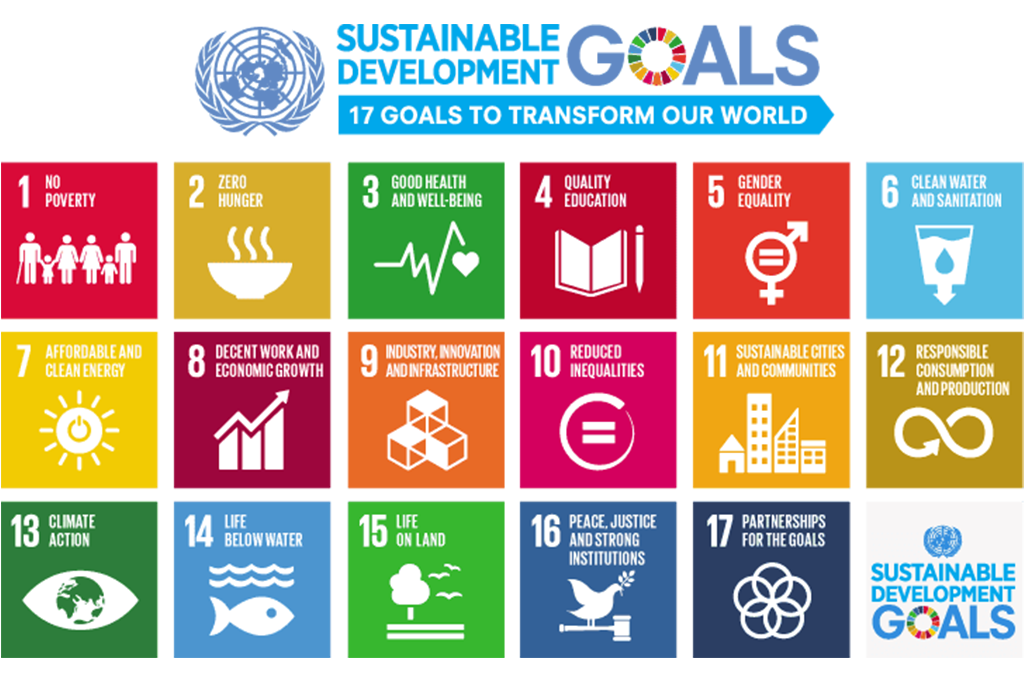Community-led water conservation initiatives have proven effective in managing local water resources sustainably. By involving residents directly, these programs address the unique needs of each community and encourage responsible water use.
Success Stories in the U.S.: WaterSmart in California
WaterSmart, a community-based initiative in California, focuses on educating residents about water conservation. Through workshops, local partnerships, and rebates for water-saving appliances, WaterSmart achieved a 20% reduction in water use among participants during California’s drought (Morris et al., 2016). This program demonstrates the impact of community-driven efforts in reducing residential water waste.
Water Conservation in Kenya’s Tana River Basin
In Kenya, the Tana River Basin project empowers communities to manage water resources and mitigate drought impacts. By building sand dams and training locals in efficient water use, the project has improved water access for 100,000 residents (Mumma et al., 2011). Sand dams store seasonal rains, providing water for agriculture and daily needs, even during dry seasons.
India’s Pani Panchayat Program
India’s Pani Panchayat program promotes equitable water distribution in drought-prone Maharashtra. Farmers collectively decide on water allocation, ensuring fair use and limiting waste. Since its inception, Pani Panchayat has improved water access for 50,000 people and reduced inter-village conflicts over water resources (Pandey et al., 2016).
Building Sustainable Community-Based Programs
Community programs succeed by addressing specific local needs and engaging residents in sustainable practices. Support from local governments, NGOs, and funding agencies is critical to scale these initiatives. By building on community-based successes, regions facing water stress can develop programs that enhance resilience and promote water conservation at the grassroots level.








